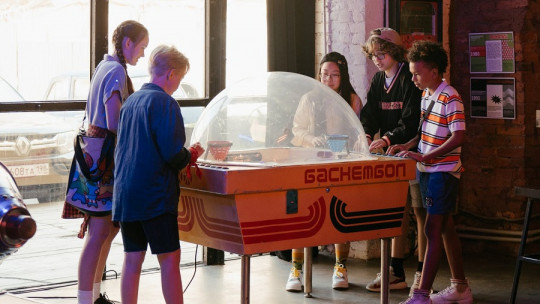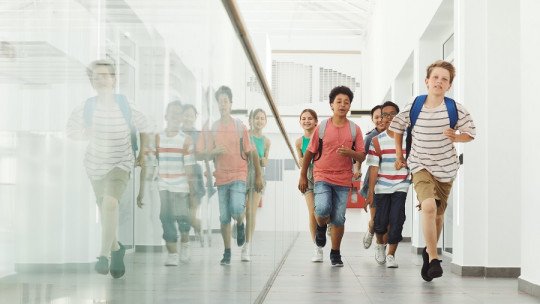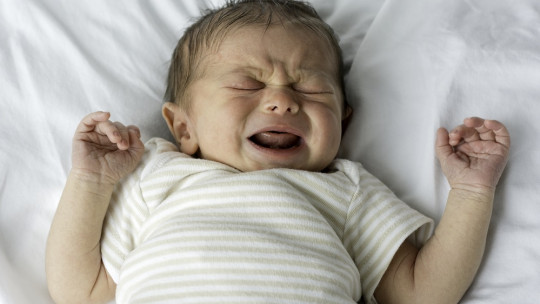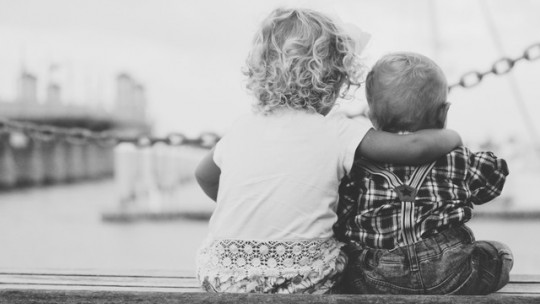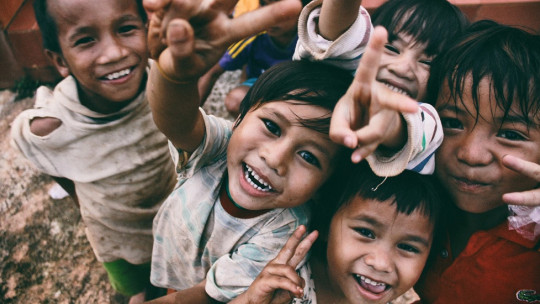
If there is something that characterizes the human race, it is that we are social animals and our personal development is highly conditioned by the degree of socialization that we manage to achieve. This does not have to involve achieving a large number of relationships, but rather the skills we develop to achieve them.
The process that aims to integrate into society and successfully interact with others is known as socialization. This process can be divided into two phases depending on the person’s life stage: primary socialization and secondary socialization
What is socialization?
The socialization process refers to contact between people through which we learn and accept and integrate a series of behavioral patterns and adapt to them. This process has the objective of instilling in the person the sociocultural elements of his or her environment; these elements are shaped by personal experiences and by social agents, and integrated into the personality of the individual.
Through socialization, the person develops and enhances the skills necessary for correct integration and contribution to social life, generating patterns of behavior and organized behavior in accordance with society.
But this whole process of socialization It would not be possible without social agents Social agents are considered all those people or institutions with which the person interacts. Without them there is no type of socialization.
Family, school, friends and peers, as well as institutions and influential people belong to the category of social agents; The most important being the family, because it is the person’s first social contact, and the school, since it is the main transmitter of knowledge.
But this socialization does not occur in a single moment of life, but rather lasts for years. Therefore, depending on the stage the person is in We can talk about primary or secondary socialization.
Primary socialization and its agents
This first phase of socialization takes place in the person’s family context. It then happens in educational institutions in which the individual begins to generate other relationships with friends and peers, outside the family nucleus.
There is no specific event or signal that serves as the end point of this stage, since this can change depending on the person, the social context and the culture in which it develops. The social agents typical of this stage and that cause the first relationships with the person are: the family, school and the media.
1. Family
The family, especially the most intimate and close family nucleus, has the responsibility of meeting both the physical needs of the individual and the psychological needs. Likewise, family dynamics will determine the evolution of the person both at the personality level and at the cognitive and behavioral levels.
Relationships with parents and siblings provide essential information for the child about how to interact with other people, thus generating basic behavioral patterns that will allow you to better adapt to society in the future.
2. School
On the other hand, once the child begins the academic stage, the school becomes another primary social agent. The school provides the opportunity to interact daily with friends and peers making the child aware that there may be differences in the current way of proceeding and thinking of others.
Additionally, the relationship between faculty and students provides the knowledge that institutional hierarchies also exist and how to interact with them.
3. Media
Finally, a socializing agent that is becoming more and more important is the media. In addition to traditional media such as television, press or radio; The advance of the Internet and social networks is having an important effect about the way people socialize.
It is impossible to ignore the change that has occurred in the way we socialize, influenced by social networks. Which have managed to alter the dynamics and behavior patterns of people in relation to interaction with others.
secondary socialization
This second phase occurs during the last stage of adolescence, after which the person begins adulthood and puts into practice everything learned at home and in the educational context. In this subsequent socialization, the person (who already has previous social skills) is incorporated into other sectors of society, which allows them to learn new resources in other initially unknown areas.
Through this process, the person assimilates that there are other contexts and realities that differ from what was known during primary socialization. In this case, the university, labor organizations and political institutions and governments exercise strong power in socialization.
Furthermore, unlike primary socialization, in the secondary stage the person has a wide margin of action, in which he is free to decide how to act.
Is there tertiary socialization?
There is indeed a tertiary socialization, with the difference that instead of a stage it is a different level of socialization in which those people who have experienced a deviation from what is considered the social norm have the opportunity to reintegrate into the society.
These cases occur in people with delinquent, criminal or punishable behavior; which through a resocialization process readjust their behavior. In the latter case, the socializing agents are linked to the authorities and even to the prison.

